

The Void is a new virtual reality experience opening in Utah in summer of 2016. To get an idea of what they’re trying to do, check out their trailer below.
What the Void is promising is nothing less than the Star Trek Holodeck: untethered virtual reality in a physical space, with physical props. It’s the VR experience of the future. Inside, the experience can consist of anything game designers can conceive of. And, most importantly, it can be as large as the user wants.
In virtual reality, locomotion remains a huge unsolved problem. Moving with a joystick is sickening. Moving with your feet is amazing, but there’s only so much free space in a typical person’s living room. Thus VR experiences either have be pretty cramped, or compromise their comfort and immersion to some degree.
The Void, and experiences like it, offer a third path: provide large, dedicated VR-ready spaces that can be stretched to infinite size using software tricks. These facilities, in principle, can provide a far better experience than VR at home — for a price.
When I first saw the Void’s pitch, I was very skeptical. What’s shown in the trailer is extremely ambitious, and some of the technologies shown do not, to the best of my knowledge, exist. Can a company that I’ve never heard of before pull off such an impressive technical achievement?
To address these questions, I had a conversation this week with CEO Ken Bretschneider.
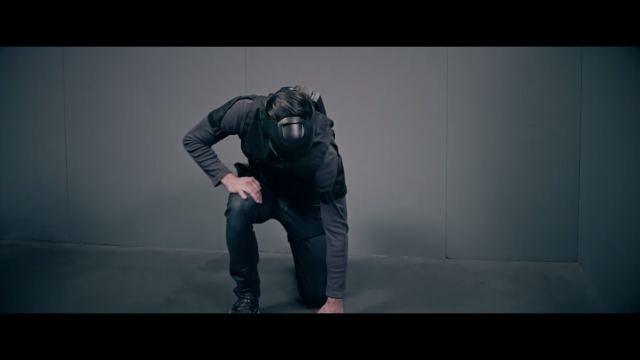
To start things off, I asked Bretschneider about content creation. As a new platform, the Void needs to attract high quality content creation, which can be a challenge without an established user base. Bretschneider reported that the Void is working with “some of the top-rated game developers in the world,” and that these studios are “really excited” to produce content for them.
In short, he says, the Void is operating in a separate market from Oculus and Valve. It also has a business model that can be profitable immediately, and has been proven in other contexts (he compares the economics to haunted houses and IMAX theaters). He compares this to Oculus and Valve, who may take the better part of a decade to establish a thriving ecosystem.
“Our business model is feasible now. So, with the home market, it might take five, probably more like seven to ten years to really evolve the market. So by the time their market just evolved, we could have fully distributed virtual entertainment centers worldwide, reaching tens of millions or potentially a hundred million plus people.”
Bretschneider also mentioned that The Void is in negotiations with several major theme parks to build facilities at their locations, and develop VR experiences based on their IP. So, for example, you might go to Universal Studios, and take part in a “Terminator” themed VR experience. This kind of thing, I suspect, could prove really popular over the next few years. I’d be amazed if Disney isn’t investigating this technology for their parks and rides.
Bretschneider spent a considerable amount of time talking about the economics of what they’re doing. Here’s how the Void will work:
Each Void location will consist of eight pods (though some special locations will have more). Each pod will be sixty-by-sixty feet in size, and physically designed for a specific experience. The centers themselves will be somewhat more than thirty thousand square feet – the size of a large house.
New content will come out quarterly, although popular experiences may last longer. Bretschneider compares this to how IMAX theaters operate.
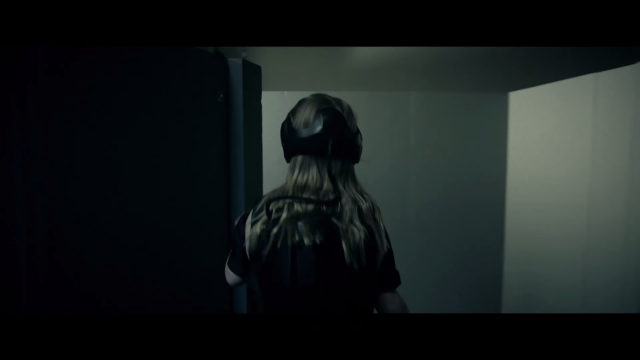
Users will be put on the Void’s custom VR suit, and go into a pod. Six to eight people will use the same pod together and share the same experience, at a cost of $29-$39 per user. The experiences will last half an hour, although users will be able to stretch them to a full hour for twice the price.
Bretschneider insists that this is fair, and users won’t feel cheated.
“The experiences that we’re targeting are around half-hour experiences. That’s where we think the sweet spot is […] We’ve tested them out with, you know, I wouldn’t say large numbers – in the hundreds – to see if these experiences are really fulfilling in that time period. […] A half hour in a completely immersive VR experience is more than watching a two hour movie, because you’re completely enveloped into it. […] In comparison, if you take a look at haunt attractions, they’re running anywhere from $25-$35 for those kinds of experiences, and I think you get a lot more out of our experiences. Different, but more. You don’t have the limitations in our digital world, right?”
I’m on the fence about this, and worry that the Void might get undercut by competitors offering a slightly lower-end experience (using off-the-shelf consumer hardware), for a much more reasonable price.
The Void’s first location is currently being built in Pleasant Grove, Utah, but the company has global ambitions, in the relatively near future. Bretschneider expressed an interest in establishing Void franchises in gateway cities across the US, and eventually worldwide.
Next, I talked to Bretschneider about the technology the Void is using to create its experiences. Quite aside from the business side of the equation, the company is also trying to solve some ridiculously hard technical challenges. Let’s take a look.
At its heart, the Void relies on a technology called “redirected walking” — a concept known in academia for years which gained a new significance with the rise of consumer VR.
Redirected walking works because human proprioception (our sense of our body and how it’s moving) isn’t very accurate in an absolute sense. If you blindfold a person, they find it nearly impossible to walk in a straight line.
This effect can be exploited in virtual reality. If you set a person in an empty space, and subtly rotate their virtual self as they move, they’ll correct for it without even noticing. If they march off into the wild, virtual blue yonder, their path in real life will actually form a circle inside the room. No matter how they choose to walk, the system will always loop them back in on themselves, preventing them from ever running into a wall. This provides the illusion of an infinite space – without ever leaving the same small tracking area.
This is how The Void can stretch its 60×60 meter space into an unlimited gameworld. According to Bretschneider,
“We’ve developed our own method of redirected walking… we’ve actually developed some IP around it. It’s a really advanced form that actually takes in some technology, it’s not just a methodology. And we’ve been developing that over a couple of years now, and just really perfected it about five months ago.
So, we’re able to basically create environments in a 60-by-60 foot pod, and we can make the world as big as you can possibly imagine.”
However, Bretschneider emphasizes that these are not 60 x 60 foot empty rooms: these are structured spaces, designed such that the user can loop back through the same physical rooms without noticing. The advantage is that users can trust physical objects to be solid.
“Open environments are a real problem, because gameplay breaks down. If I put you in a big, open warehouse space, and I’m tracking you in that space, and I establish my environment, and I’ve got walls and objects and things, and you’re just walking in an open space. Let’s say it’s a haunted experience, and you get the crap scared out of you, by some type of creature, and you go flailing backwards, and there’s no object there to stop you from just slipping through the wall. You were in a hallway, and now you’re in some weird other area of the gameplay. How do you handle that?”
In contrast, using the Void’s solution,
“We can control environments. Tight environments, bigger open environments. And you can interact with those environments. If you come to a doorway, the doorway exists. When you come up against a wall, you can lean on that wall, because it exists. You aren’t busting through it. So you can absolutely control the gaming environment. And I come from the gaming world, and gameplay isn’t about simulation, gameplay is about establishing fun rules.”

Right now, the Void is testing using the Oculus Rift DK2. However, they’re also developing their own VR helmet. This is one of the red flags that jumped out at me when I initially saw The Void’s trailer. Developing an HMD is hard. There are real ergonomic, optical, and graphical hurdles you need to clear before you can provide a good experience.
So why not use an off-the-shelf HMD like the Vive or the Rift? Why roll your own hardware?
Bretschneider had a pretty good answer. The economics of what they’re doing gives them different restrictions than consumer-targeted HMDs. Namely, there’s no requirement that the hardware be cheap. The Void can build a better headset than Oculus for the same reason that Six Flags rides are better than the tire swing in your back yard: because the cost of a high-end experience is out of reach of the consumer market.
“Oculus does amazing things with very limited hardware. You know, they have to use cheap plastic lenses, and […] they need to get the best price they can on their OLED screens. We’re going to the cutting edge using curved, flexible screens, and we’re using hardware to accelerate refresh rate well above 120 hertz, and we’re doing other hardware acceleration to deal with other latency issues […] but it costs a lot of money.”
Other features include a 180 degree field-of-view, a quantum dot display, and a carbon fiber shell. They plan for the headset to be as light as the Oculus Rift. Bretschneider didn’t give a precise figure for the cost of the Rapture HMD, but he did use “$5000″ as an example figure several times.
Bretschneider also confided that they were receiving technical help from a large technology giant.
“People ask us ‘how can you develop a better headset than Oculus or Valve, or companies that are multi-billion-dollar juggernauts? Because we have a multi-billion-dollar juggernaut helping us develop it. We aren’t doing this on our own.”
Bretschneider wouldn’t disclose which juggernaut they were partnered with, but said that they’ll probably officially announce the partnership in a few months’ time.
One interesting thing I found out is that The Void is not using traditional optical tracking. While they experimented with motion capture, using many overlapping cameras, they found that heat changes inside a building could throw off optical tracking, causing glitches.
They also spoke to Valve about using their laser-based Lighthouse tracking technology, but ultimately decided not to.
“It’s a really good technology, very solid, but there are some inherent problems with that type of tracking technology as well, there’s just stuff that they still have to overcome.”
Eventually, the Void opted to go with a proprietary tracking technology based on many high-frequency radio base stations, which claims to provide sub-millimeter accuracy and extremely low latency. Bretschneider was hesitant to talk about how the technology works.
However, the technology seems to have been acquired from “Krenzo,” a regular on MeantToBeSeen3D, a forum for virtual reality enthusiasts where Palmer Luckey first met John Carmack. While all of his posts about the tracking technologies have been deleted, the replies to them (some of which quote him directly) have not. As such, you can work out pretty easily that the tracking technology is time-of-flight based, and uses multiple base stations to triangulate position with extremely high accuracy. This provides some major advantages.
Notably, it means that the walls don’t block radio waves, eliminating the possibility of “dead zones” within the room where tracking would fail. It also means that the system doesn’t need to do heavy-duty machine vision on the backend, making the whole thing cheaper.
Unfortunately, in some markets, the RF spectrum is so heavily regulated that The Void has been unable to get a license to use this technology. Bretschneider mentioned that they’d developed a backup system for these markets, using a different kind of optical tracking system that “doesn’t rely on a bunch of cameras pointed in on you.” According to Bretschneider, “it seems to be working incredibly well, and very solid.”
Obviously, that’s not much to go on, but I have a feeling that they may be doing something similar to the famous “Valve room” demo, which covered the walls of a space with tracking markers to allow the headset to be tracked via a single headset-mounted camera. This isn’t practical for the home market, but there’s no reason the Void couldn’t do something similar.
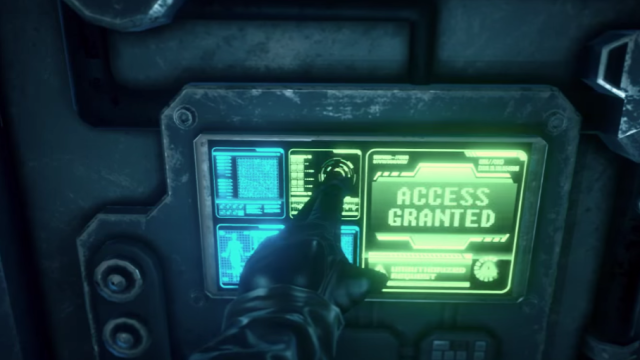
In the promotional video for the Void, we see a user activating a control panel using his hand. Free hand tracking is a very difficult problem to solve, so I was curious whether this was a planned feature, or something the Void had actually implemented.
I asked Ken about it, and he said that that demo relied on optical hand tracking, something that was ultimately found to be too slow and jittery to be useful at this point. Instead, the Void has opted to use custom gloves, using tiny IMUs and their global tracking system (presumably in conjunction with some sort of bend-sensor arrangement). The gloves use Bluetooth, and are nearly ready for testing.
“We’ll actually have our first full, working prototype in about two weeks here. I mean, we’ve had testing versions, but we’ll have our first working prototype, but we went with very advanced IMU sensors that are incredibly small and solid state, and they’re very fast, and they have micro-computers on them, and they do the data crunching themselves.”
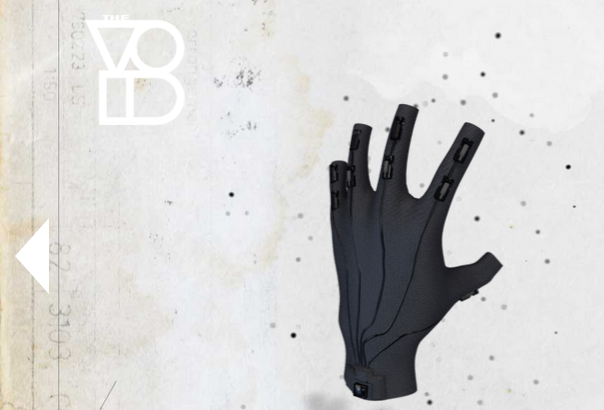
The Void’s hardware also includes a number of “5D” effects — misters to simulate rain, strings to simulate spider webs, etc. Much of the haptic feedback comes in the form of physical props, which take on new properties in virtual reality. However, the suits also come equipped with more traditional haptic feedback mechanics.
“We have our own haptic devices that we can use with almost pinpoint accuracy, depending on the interaction with the environment with your avatar. So, you know, if you’re shooting at each other, and the bullets hit your shoulder, then you feel the haptics go off in your shoulder. So it’s really accurate to the location that you’re playing in. If there’s a creature crawling up your back, you feel a creature crawling up your back, and it’s accurate to where the creature is. And everything kind of works together, and it really sells the reality of it.”
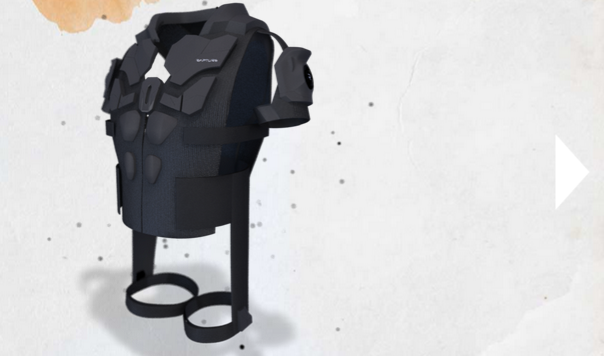
Right now, wireless virtual reality is not a practical option, for the most part – and dragging a huge cable around would be a major mood-killer. That means that in order to render the Void’s games and scenarios, you need to carry your computing power with you, which is easier said than done.
The Void is using a “backtop” form factor — an ultraportable gaming PC that you wear on your back, built into the haptic vest. Bretschneider revealed that the company is currently using dual GTX 980M’s — nearly as powerful as their desktop counterparts — to drive the experience.
In other words, the Void has plenty of graphical horsepower to drive its experiences. He also revealed that their target weight for the whole assembly is less than five pounds. The batteries will last more than an hour, and be hot-swapped for freshly charged units in-between experiences.
After talking to Ken, I feel more confident that the Void is a serious project that may be able to make good on some of its ambitions. I still think that a lot of what they’re targeting is implausibly ambitious, and they’ll probably fall short in some respects.
But if they can provide a good experience and attract good content for their platform, they do seem extremely well-positioned to dominate the VR installation space for the foreseeable future. I’m curious who their “large partner” is, and I look forward to seeing more from this project in the future.
What do you think? Would you pay $30 for half an hour in VR? What experience would you like to try in this sort of facility? Let us know in the comments!
Image Credits: futuristic glasses Via Shutterstock
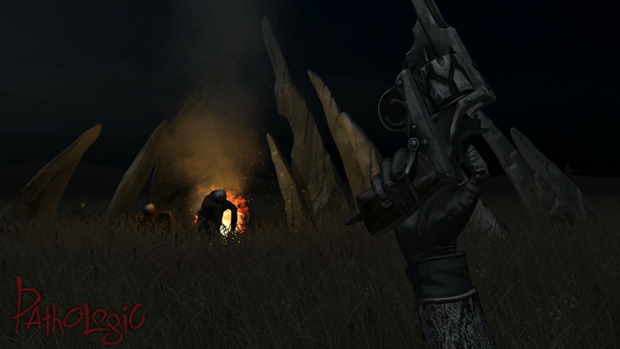
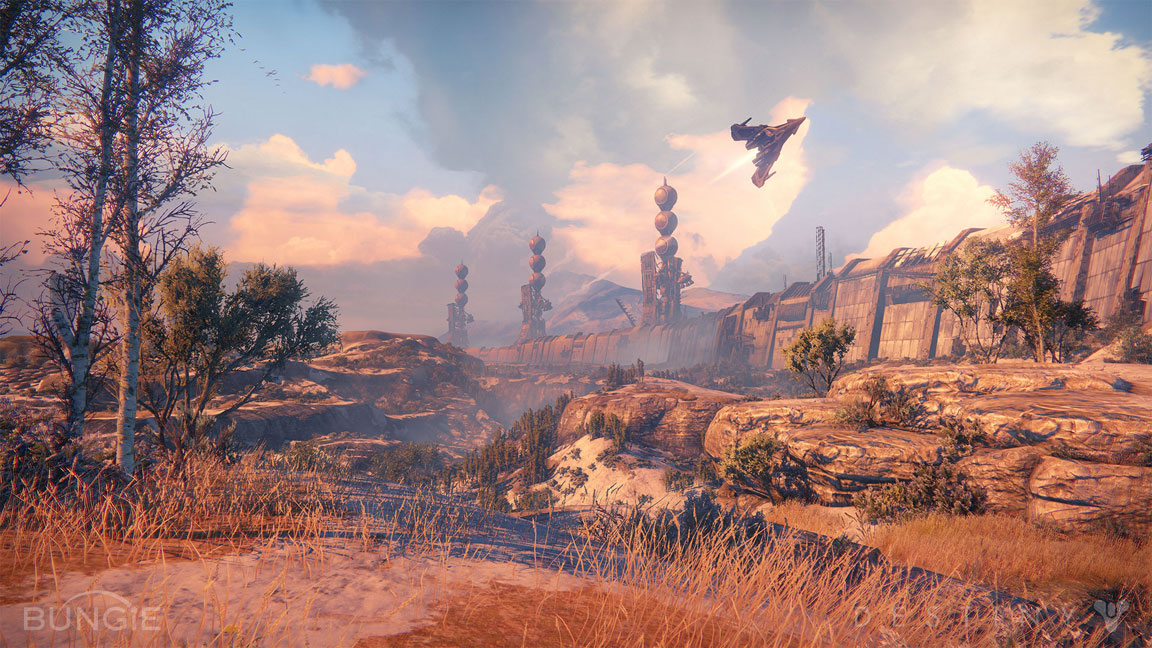

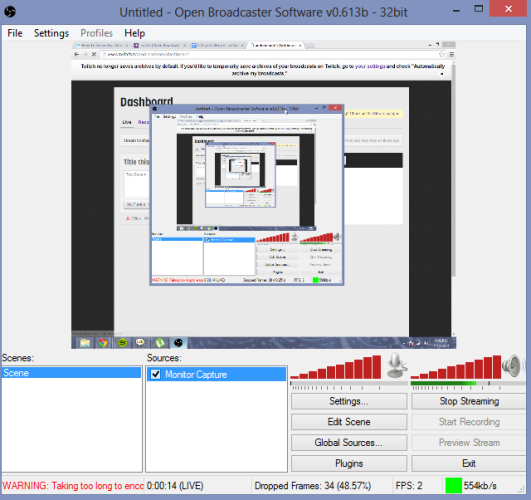
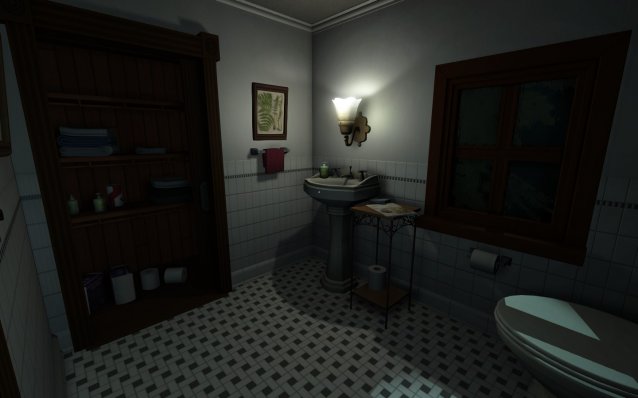 Gone Home Review
Gone Home Review How to Join a Faction in Destiny
How to Join a Faction in Destiny Child of Light: Fix for Offline issues, Corrupt Files, Random crashes, Texture and Sound issues and Steam overlay issue
Child of Light: Fix for Offline issues, Corrupt Files, Random crashes, Texture and Sound issues and Steam overlay issue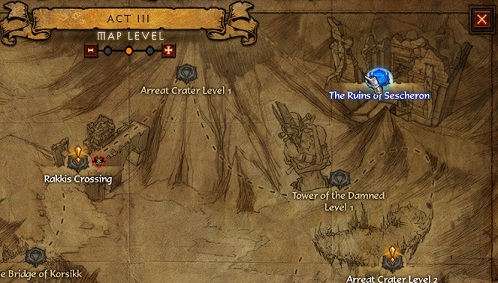 Diablo 3: Patch 2.3.0 New Zone, objects and season Features
Diablo 3: Patch 2.3.0 New Zone, objects and season Features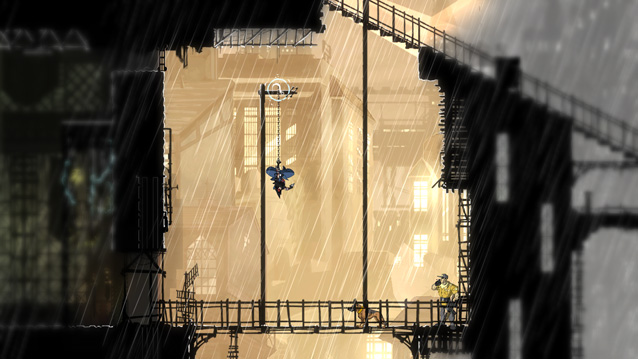 PAX East: Mark of the Ninja Impressions
PAX East: Mark of the Ninja Impressions